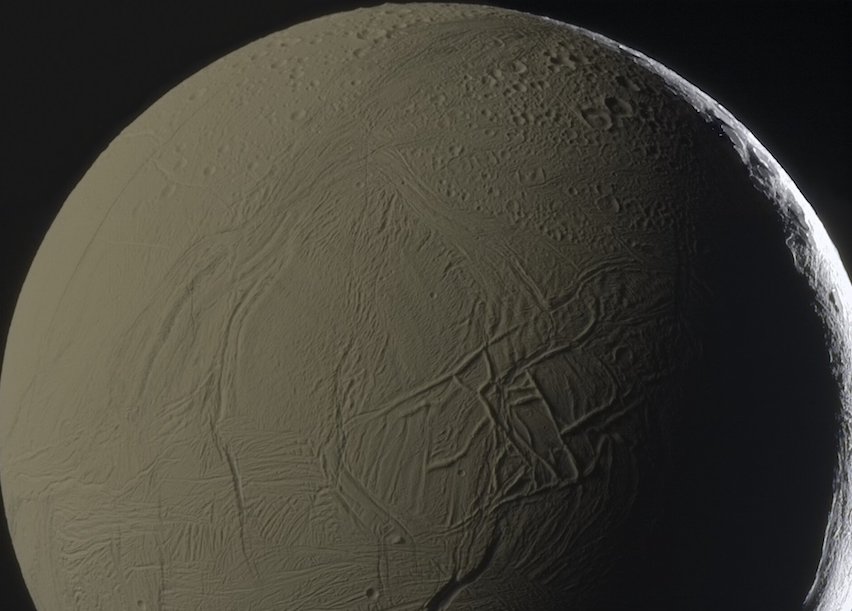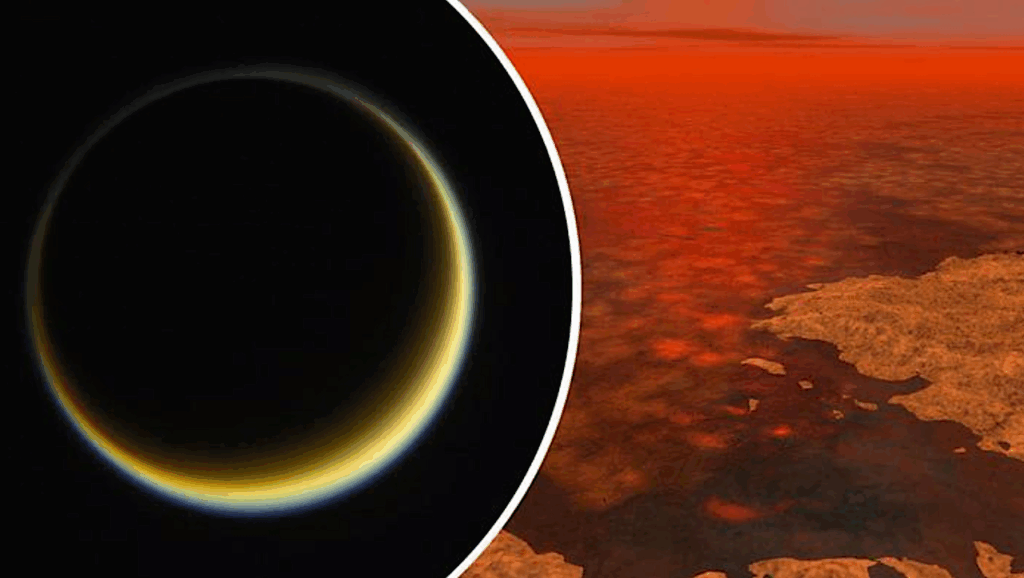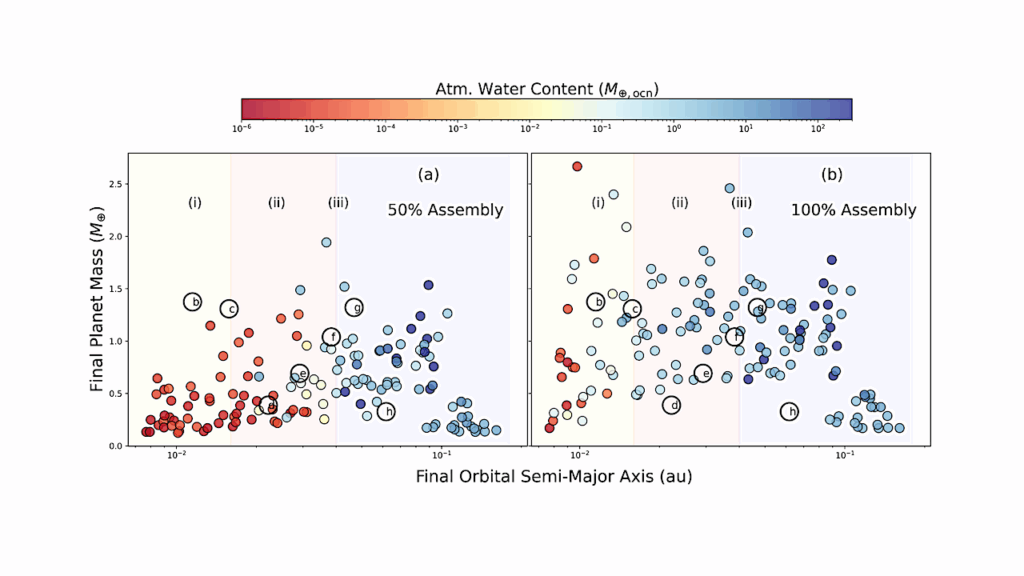Could Life Be Found On Saturn’s Moon Enceladus?

What can we learn about NASA Cassini spacecraft’s discovery of tiny particles from the icy ocean of Saturn’s moon Enceladus? What is causing these nanometer-sized silica grains to rise up from the seafloor into Saturn’s E ring? Will they eventually tell us whether Enceladus’ ocean has the necessary components to support life?
These and other questions are explored by Loyola Marymount University Assistant Professor Emily Hawkins and a team of researchers in a new article in Nature Portfolio’s journal Communications Earth & Environment. Hawkins and scientists from UCLA, the University of Texas at Austin, and NASA’s Jet Propulsion Laboratory created a new model for how currents can capture and transport subsurface ocean particles to explain the observation of nano-silica grains by the Cassini mission to Saturn.
“Our model shows that these grains may be transported through the ocean interior on timescales faster than previously thought,” explained Hawkins, a physics faculty member in LMU Frank R. Seaver College of Science and Engineering. “The nano-silica material is thought to be important in the generation of life on the icy moon. Ultimately, our research aids in the understanding of the habitability of Enceladus, and will guide future missions to the outer solar system moon.”
Enceladus is known as an ocean world, a class of celestial bodies that possess a substantial volume of liquid water. While Earth has its ocean on the surface, Enceladus’ ocean is protected underneath a thick layer of ice. Yet that ocean is not locked away completely; there is ongoing venting of materials from Enceladus’ south pole, sourced from large fractures in the ice that are colloquially known as the ‘‘tiger-stripes.”
Enceladus’ active geology is fueled by tidal forces as it orbits Saturn in an eccentric path, getting tugged and squished by gravity, the researchers explained. This tidally induced deformation generates friction in both the ice shell and the deep rocky core; with enough friction, the bottom of the ocean can be heated, driving convection.
“It’s like boiling a pot on a stove. Tidal friction adds heat to the ocean and causes upwelling currents of warm water,” said planetary scientist Ashley Schoenfeld, the article’s lead author and a UCLA graduate student. “What our study shows is that these flows are strong enough to pick up materials from the seafloor and bring them to the ice shell that separates the ocean from the vacuum of space.”
“The tiger-stripe fractures that cut through the ice shell into this subsurface ocean can act as direct conduits for captured materials to be flung into space. Enceladus is giving us free samples of what’s hidden deep below,” Schoenfeld added.
On Earth, hydrothermal vents on the ocean floor support rich deep-sea ecosystems. Evidence of a similar geologic feature on Enceladus provides compelling material for astrobiologists studying the possibility of life beyond Earth, and raises questions if the icy moon, too, could harbor microscopic life.
Previous studies used the precipitation chemistry of silica to estimate transport times for the nanograins, from months to years, and others used tidal dissipation models to predict timescales within a few weeks to months.
The team’s model shows that thermal convection – the transfer of heat from one place to another based on the movement of fluid – is capable of transporting materials from the seafloor throughout the ocean over several months. Their findings imply that fresh materials are delivered to the south polar plumes and can be sampled and analyzed with a suitable instrument suite on future spacecraft.
Still, questions remain. Even if the silica grains are quickly and efficiently transported through the ocean, scientists still do not understand how materials are exposed to the surface. “Do these grains freeze into the ice and take hundreds or thousands of years to surface? Or are they blasted into space by the plumes in an instant? We just don’t know yet,” Schoenfeld said.
Additionally, localized freezing and melting at the ocean-ice interface results in the modification of the saltiness of the upper ocean. “Convection may not be able to proceed through a freshwater layer, which may prevent ‘fresh’ grains from reaching the surface in a timely manner,” Hawkins said.
At LMU, where Hawkins is building a Fluids of Astrophysical Bodies (FAB) Lab, she plans to continue her studies with a set of novel experiments using saltwater to further test the model proposed in the journal article. She will use saltwater of different concentrations, rotating at different speeds, with temperature differences across a fluid chamber of different strengths, to further understand icy moon ocean physics and the transport of nutrients needed in life-generating processes.
Hawkins plans to further collaborate with the study’s authors – which include three women with whom she connected during her graduate studies at UCLA, where she earned her master’s degree and Ph.D. in geophysics and space physics – to apply their modeling work to other moons in the solar system, including Europa, a moon of Jupiter.
Astrobiology








